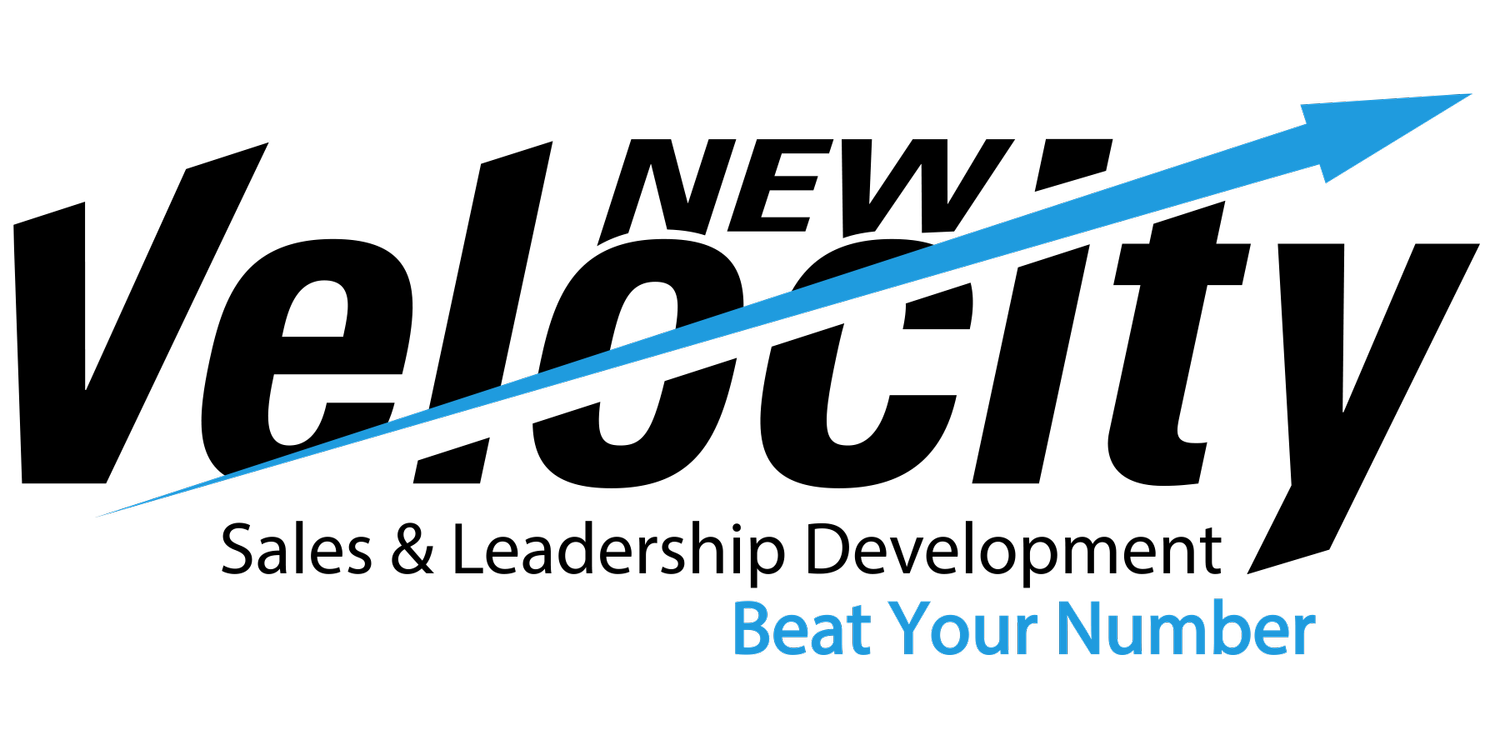Organizational Culture Lessons from the Philadelphia Eagles
In 2013, the Philadelphia Eagles thought bringing in a successful coach (on the collegiate level) to finally help with their playoff woes, would help it reach the goal of winning its first-ever Super Bowl.
Instead, what it got was a team leader who created more problems — something everyone in the business world can appreciate.
Chip Kelly was hired as the Eagles’ head coach after ownership fired long-time coach Andy Reid. Kelly’s first order of business was to motivate the team with actions, as well as his words. He was expected to bring a fresh energetic approach that would lead the Eagles to the promised land. After all, Kelly built the University of Oregon football team into a national powerhouse. Under his reign, the Ducks went to four straight BCS bowl games, including a bid for the national championship.
However, not even three seasons into leading the team, Kelly was fired for failing as a personnel evaluator, game manager and leader. The latter hit him the hardest since players didn’t feel the same affection for him as they did for his predecessor.
A major part of a head coach’s job is to be a motivator, and Kelly failed at that time and again.
Cultural Shift
Business experience influences organizational culture. And, corporate cultures, although relatively stable, are influenced by organizational learning, training programs and environmental events. The Philadelphia Eagles determined that Kelly’s power culture, one of four prototypical cultures, was not going to work since it allowed the power to be centralized leaving the players with low morale and lacking ownership of decisions.
Kelly’s departure brought in even-keeled Doug Pederson, who once served as a backup quarterback to hall of famer Brett Favre, in Green Bay. After retiring as a player, Pederson coached high school football before being hired as an assistant under Reid in Philadelphia. He then followed Reid to Kansas City as his offensive coordinator.
After being hired as Kelly’s replacement, Pederson’s primary objective was to bring stability to a historic franchise that was in shambles. He seemed to be well-respected from the day he was hired mainly because of his reputation in the sport — preparing for every possible outcome and ensuring success.
Pederson immediately instilled a person/support culture where the players’ personal growth and development were treated as equally important as the Eagles’ business objectives (bringing some much-needed stability to a historic franchise). This culture tends to be long term in focus, expecting to realize the human investment over a long period of time. For example, even though they had former number one quarterback Sam Bradford on their roster, the Eagles drafted Carson Wentz and signed worthy backup Nick Foles. This shows the decision making within the person/support culture to be collective and based on multiple needs of the people and business.
A Method to the Madness
Pederson asked his players to be relentless from day one, resulting in them showing up to work hours ahead of schedule and helping build a strong culture. This became more evident when their starting quarterback went down to an injury during a MVP-like season. Leadership experts agree that the stronger the culture, the more impact it can have on employee commitment and performance. A weak culture tends to be seen as arbitrary, and may evoke compliance but less commitment.
Pederson overcame the stigma once associated with former players-turned-coaches, to become only the fourth such head coach to win the Super Bowl. He accomplished this be exceeding ownership expectations and bringing home a championship in his second season — with a backup quarterback who was among many buying into Pederson’s system.
Pederson’s skills are something the business world can learn from. And, don’t think that leaders aren’t taking notice.

